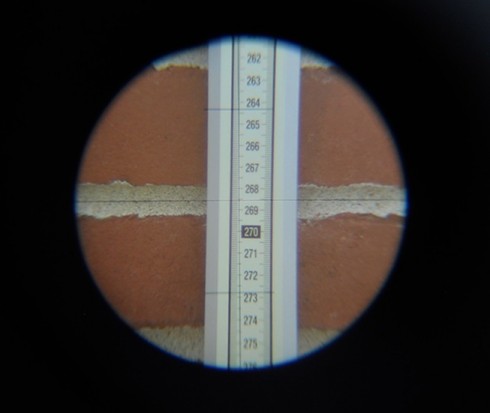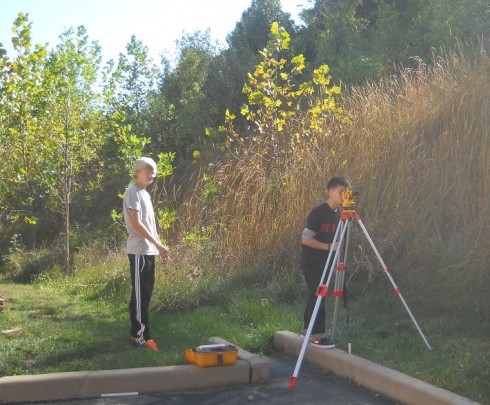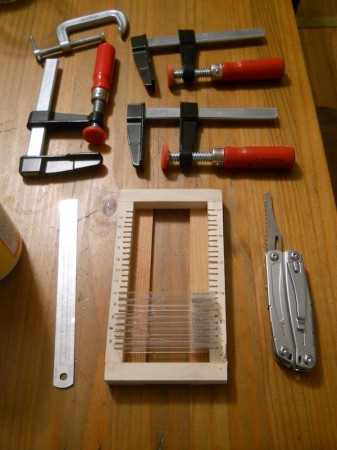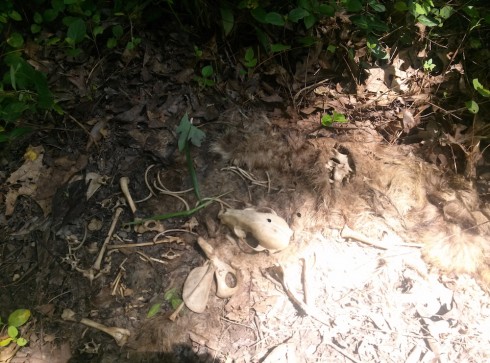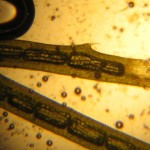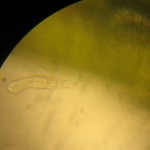The student project that I keep revisiting the most is the Fortune Teller webpage created a couple years ago by former student Eve J.
You get a randomly generated fortune, and Eve built in enough combinations that I still see unique fortunes two years later.
I think what I like the most about it is how well it captures Eve’s “voice”. The style of the sentences and the little twists that pop up here and there. I can’t help reading this in her voice.
Eve is off in college right now, and gave me permission to post about the project, and to adapt the code as necessary, as long as I keep her informed (Hi Eve!).
I’ve ported the core of her program from JavaScript to PHP so you can now just get just the fortune telling text.
https://soriki.com/eve/fortune/fortune.php?name=Doc
I’ve also, sort of, memefied the fortunes but putting the text over a background image, which is what you see at the top of the post.
https://soriki.com/eve/fortune-m/meme-fortune.html?name=Doc
As an experiment, I now have a version that makes the image as an svg:
I have another student now who’s interested in making a smart mirror, and this will make it easier to include fortunes into that project.
I’ve also posted the project on Github: https://github.com/lurbano/fortune



